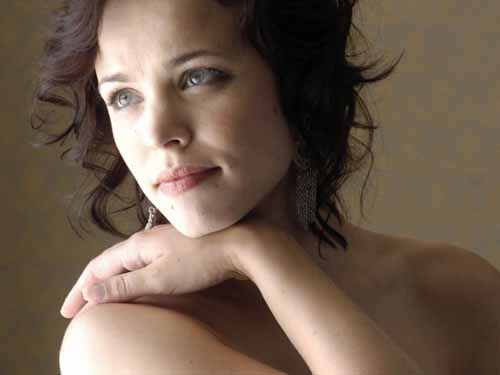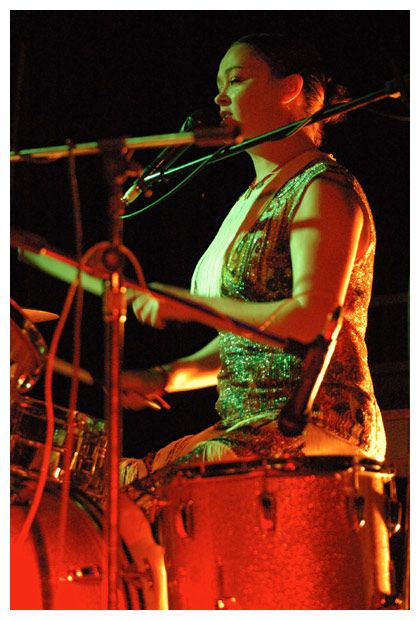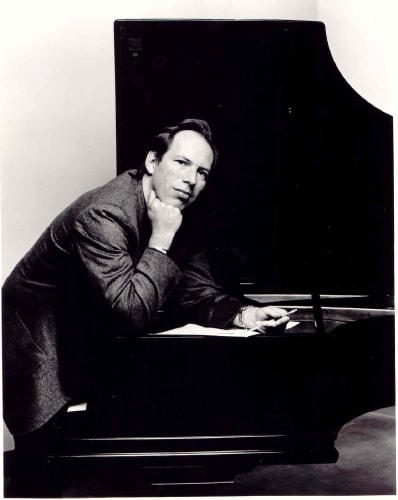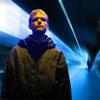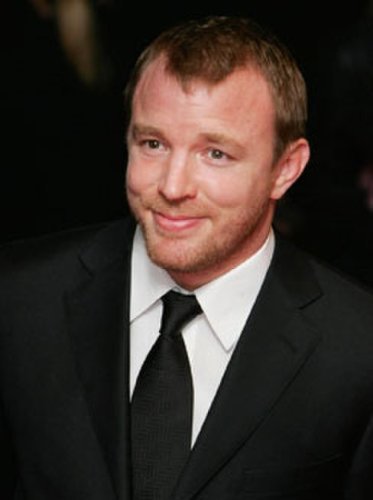| Fecha | Área | Bruto |
|---|---|---|
| 29 April 2010 | USA | USD 209,028,679 |
| 25 April 2010 | USA | USD 209,019,489 |
| 18 April 2010 | USA | USD 208,978,879 |
| 11 April 2010 | USA | USD 208,897,390 |
| 4 April 2010 | USA | USD 208,711,166 |
| 28 March 2010 | USA | USD 208,394,875 |
| 21 March 2010 | USA | USD 207,902,824 |
| 7 March 2010 | USA | USD 207,022,408 |
| 28 February 2010 | USA | USD 206,419,248 |
| 21 February 2010 | USA | USD 205,534,198 |
| 7 February 2010 | USA | USD 201,484,470 |
| 31 January 2010 | USA | USD 197,601,522 |
| 24 January 2010 | USA | USD 191,076,852 |
| 17 January 2010 | USA | USD 182,226,907 |
| 10 January 2010 | USA | USD 165,153,093 |
| 27 December 2009 | USA | USD 62,304,277 |
| 3 January 2009 | USA | USD 138,715,437 |
| USA | USD 209,028,679 | |
| 21 February 2010 | UK | GBP 25,711,734 |
| 7 February 2010 | UK | GBP 24,474,393 |
| 31 January 2010 | UK | GBP 23,178,097 |
| 24 January 2010 | UK | GBP 21,372,499 |
| 17 January 2010 | UK | GBP 18,829,133 |
| 10 January 2010 | UK | GBP 15,676,565 |
| 27 December 2009 | UK | GBP 3,081,072 |
| 3 January 2009 | UK | GBP 12,021,730 |
| 29 April 2010 | Worldwide | USD 524,028,679 |
| 31 January 2010 | Russia | USD 16,416,215 |
| 24 January 2010 | Russia | USD 16,359,584 |
| 17 January 2010 | Russia | USD 15,536,415 |
| 10 January 2010 | Russia | USD 13,884,413 |
| Fecha | Área | Bruto | Pantalla |
|---|---|---|---|
| 27 December 2009 | USA | USD 62,304,277 | 3,626 |
| 27 December 2009 | UK | GBP 3,081,072 | 476 |
| Fecha | Área | Bruto | Pantalla |
|---|---|---|---|
| 25 April 2010 | USA | USD 23,660 | 47 |
| 18 April 2010 | USA | USD 48,018 | 92 |
| 11 April 2010 | USA | USD 99,362 | 158 |
| 4 April 2010 | USA | USD 165,405 | 232 |
| 28 March 2010 | USA | USD 315,351 | 290 |
| 21 March 2010 | USA | USD 405,443 | 372 |
| 7 March 2010 | USA | USD 406,338 | 345 |
| 28 February 2010 | USA | USD 608,032 | 462 |
| 21 February 2010 | USA | USD 846,490 | 713 |
| 7 February 2010 | USA | USD 2,535,174 | 1,805 |
| 31 January 2010 | USA | USD 4,515,344 | 2,250 |
| 24 January 2010 | USA | USD 6,628,069 | 2,670 |
| 17 January 2010 | USA | USD 12,033,507 | 3,173 |
| 10 January 2010 | USA | USD 16,585,327 | 3,626 |
| 3 January 2010 | USA | USD 36,612,481 | 3,626 |
| 27 December 2009 | USA | USD 62,390,000 | 3,626 |
| 21 February 2010 | UK | GBP 214,110 | 198 |
| 7 February 2010 | UK | GBP 783,681 | 397 |
| 31 January 2010 | UK | GBP 1,149,268 | 452 |
| 24 January 2010 | UK | GBP 1,632,172 | 478 |
| 17 January 2010 | UK | GBP 2,028,282 | 494 |
| 10 January 2010 | UK | GBP 2,026,732 | 486 |
| 3 January 2010 | UK | GBP 3,439,616 | 484 |
| 27 December 2009 | UK | GBP 3,081,072 | 476 |
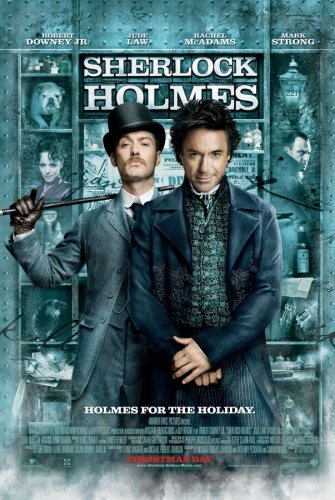

.jpg)


